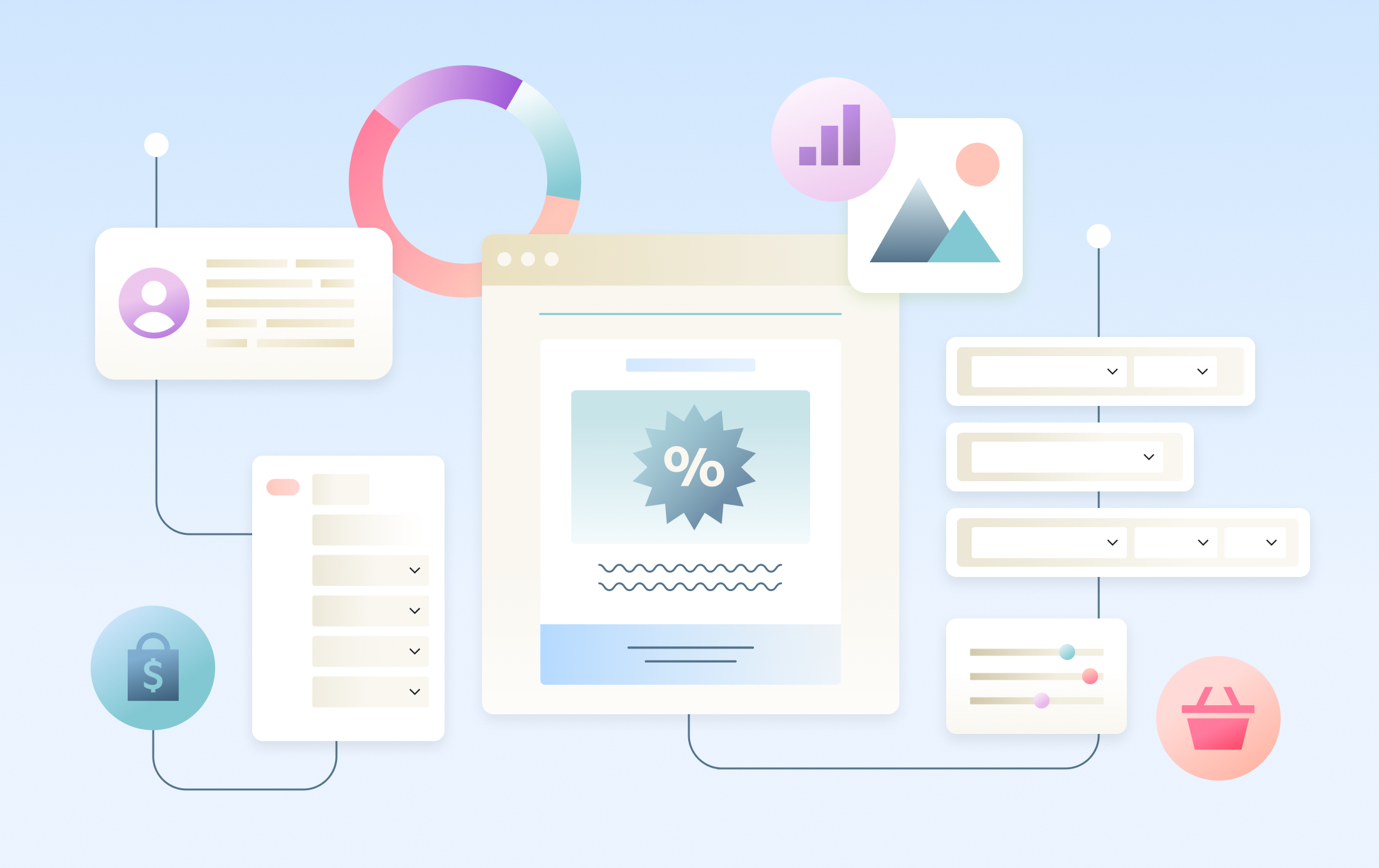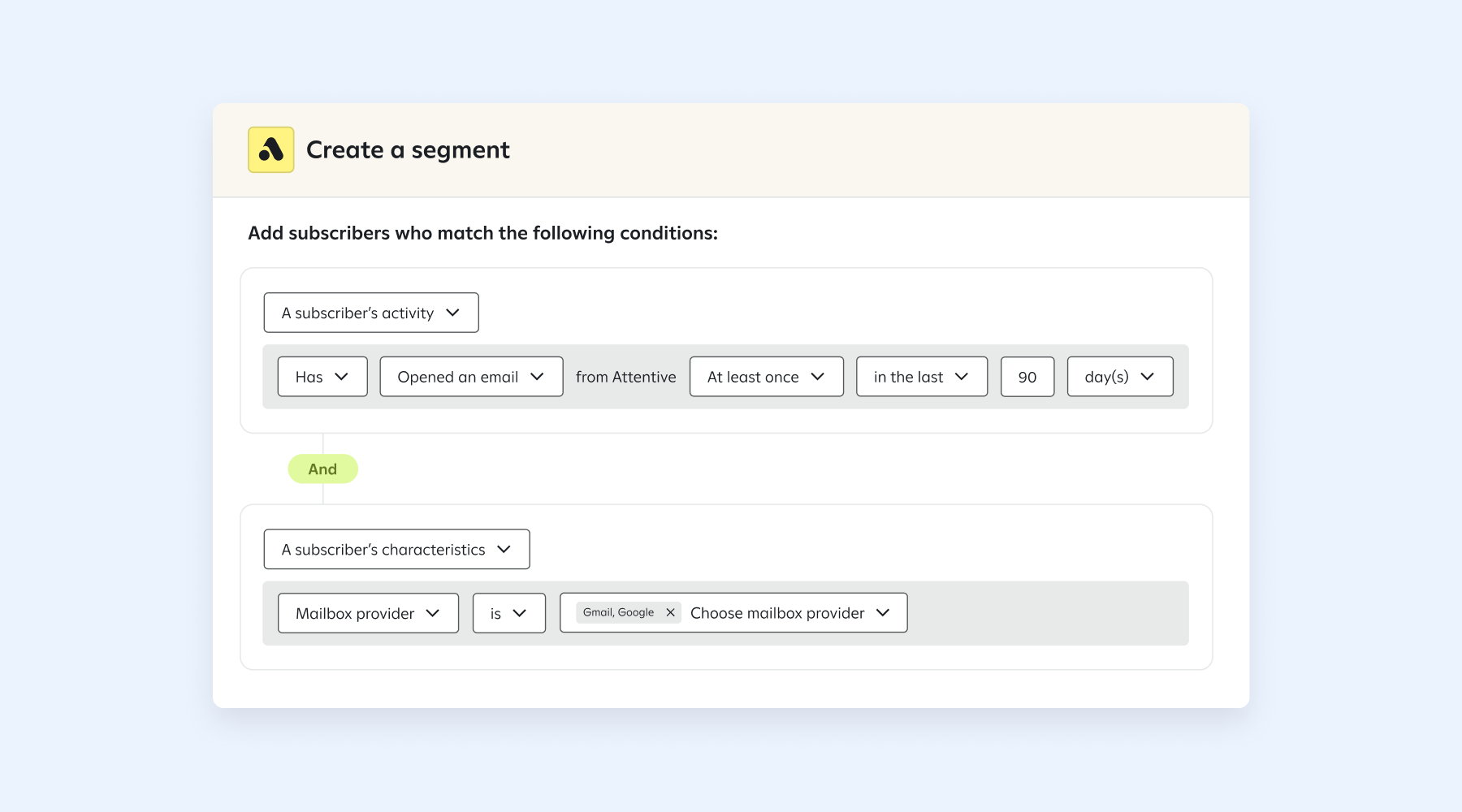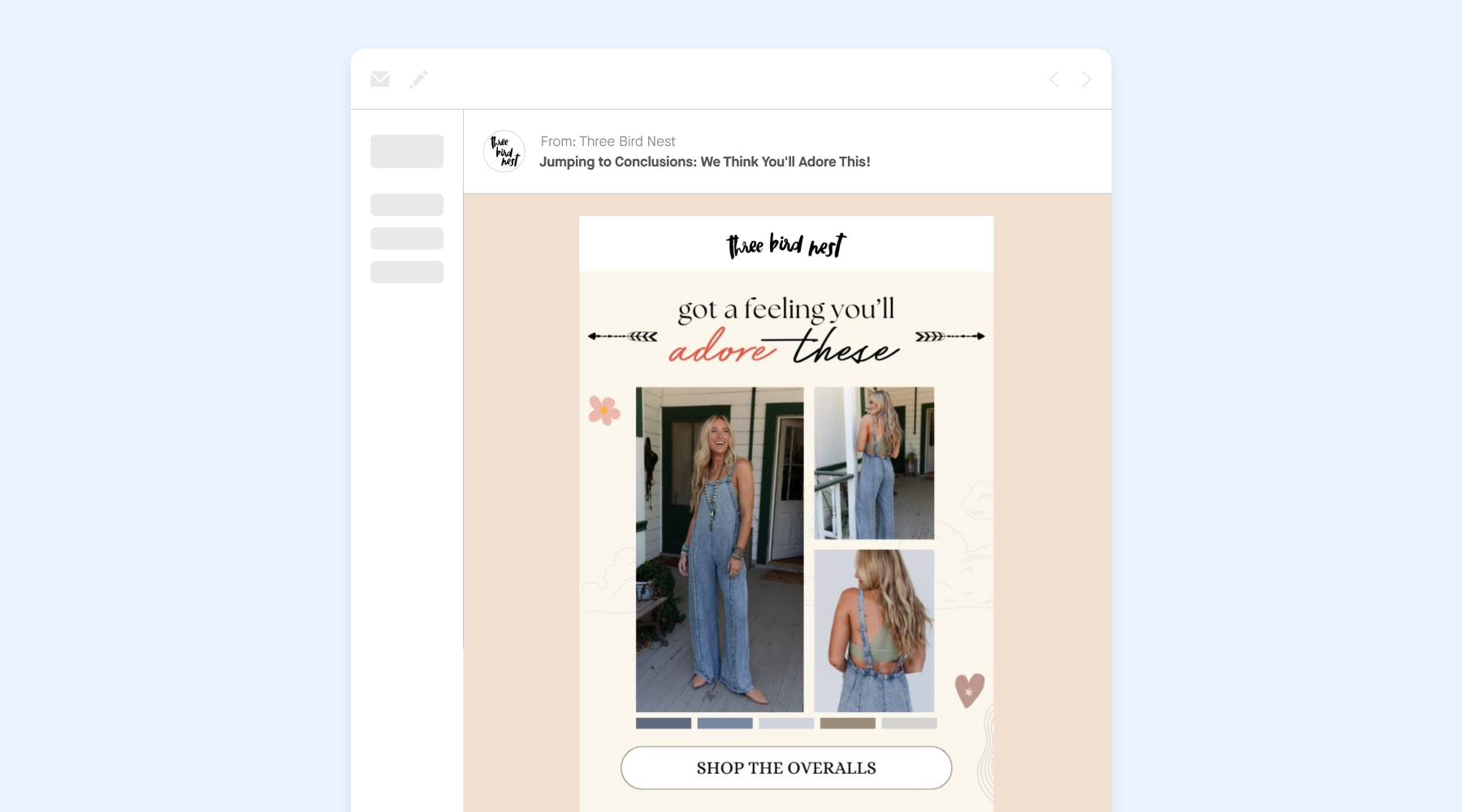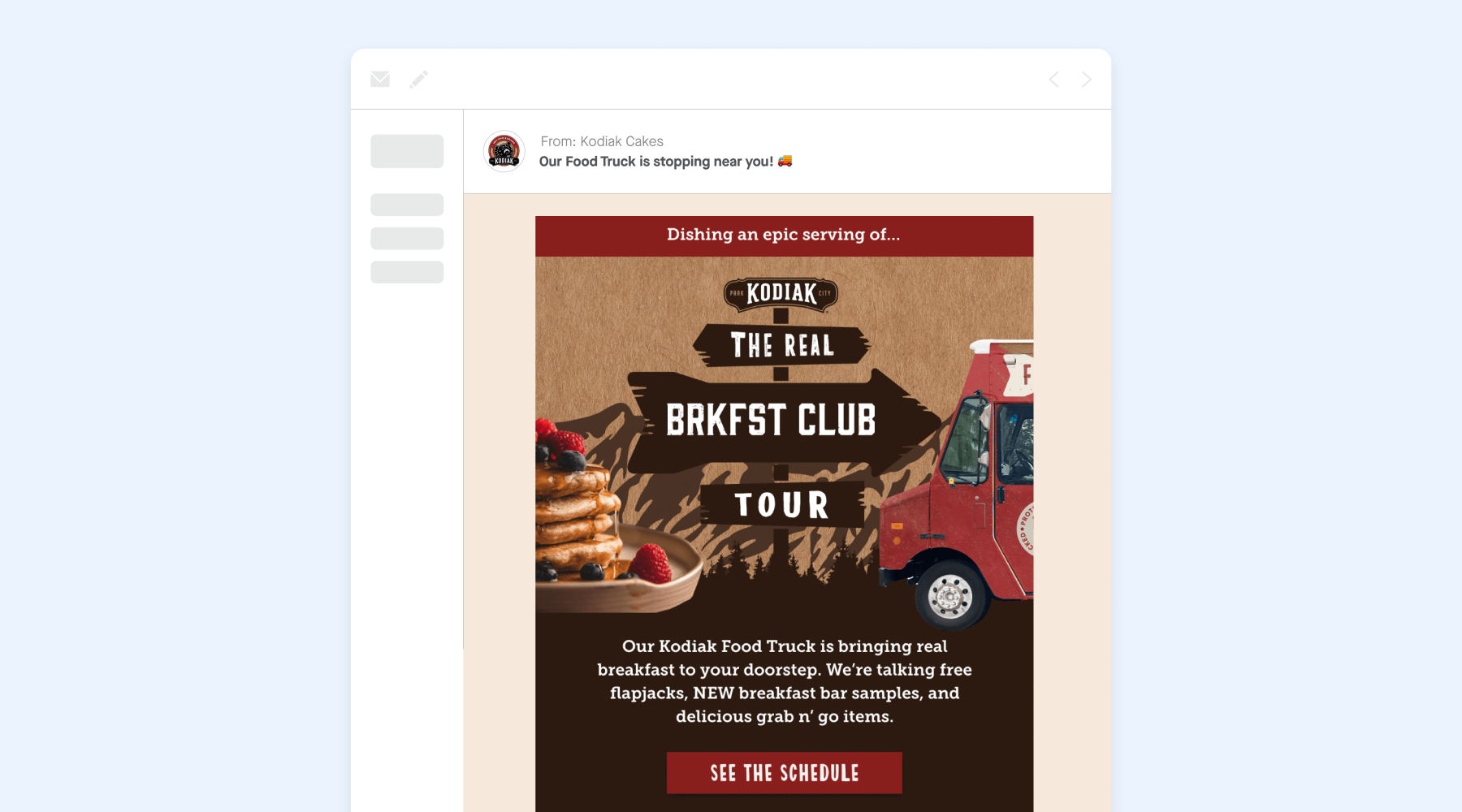
New releases
A smarter, simpler Attentive
Explore new features →
Explore new features →

Imagine stepping into a bustling bookstore. As you wander through the aisles, you'll often discover neatly organized tables of books arranged by genre: new releases, romance, non-fiction, mystery. Every table has a different theme, inviting you to browse selections tailored to your interests and effortlessly find your next great read.
This kind of thoughtful curation is exactly what makes email marketing segmentation so effective in today's digital landscape, where consumers' inboxes are brimming with messages from brands. It allows you to stand out in a sea of unread emails and deliver personalized content and recommendations to your subscribers that they’ll be eager to open and click.
Let's explore best practices to effectively implement segmentation strategies into your email program, and how that can lead to higher engagement, increased conversions, and stronger customer relationships.
Just like the curated tables in a bookstore, email segmentation is a way for marketers to split their audience into smaller, more focused groups based on shared attributes or actions. Think: demographics, browsing and purchase history, geographic location, or engagement behavior.
Segmentation lets you get creative with how you tailor your campaigns and triggered emails. So rather than sending the same one-size-fits-all messages to everyone on your list, you're sending the most relevant content to the right people, and appealing to their unique interests, needs, and preferences.
Email segmentation isn't just a best practice. It's a fundamental strategy that can have a marked impact on the success of your email marketing campaigns. Yes, consumers expect brands to send them personalized content. But mailbox providers also prioritize email placement based on recipient engagement, which means relevance can impact deliverability.
1. Improves your personalization
Sending individualized content to your customers makes them feel valued, so it's much more likely they'll click through and make a purchase. Plus, when you segment and tailor your emails, they look less like bulk mail, which means they're less likely to end up in the dreaded spam folder.
2. Increases engagement and conversion rates
By sending targeted emails that are relevant to different groups of subscribers, you'll likely see higher open and click-through rates. And the more people you can drive to your website, the more conversions you can achieve from a single email
3. Reduces unsubscribes and spam complaints
When you send irrelevant content to your subscribers, they may get frustrated and decide to unsubscribe or even mark your emails as spam, which can harm your sender reputation. Segmentation reduces the chances of that happening by making sure your email subscribers get content they're interested in.
4. Minimizes subscriber fatigue
If your subscribers consistently receive content that doesn't feel relevant to them, they may lose interest over time. It's important to keep a close eye on their email engagement and purchase patterns, so you can adjust your segmentation strategy accordingly and make sure they stay interested and active. Doing this not only helps reduce subscriber fatigue, but it can also extend their lifetime value.
Here are some common segmentation strategies you can use to break up your email list and engage different groups of subscribers. The key is to identify the criteria that are most relevant to your brand and audience and use them to create and send more effective emails.
Engagement-based segmentation lets you tailor your messaging to different levels of interest and activity. For example, you could have segments for your super-active subscribers, your more passive shoppers, and those who may have forgotten about you:
Targeting subscribers who regularly open and interact with your emails is always best practice. They're more likely to respond positively and then click through and make a purchase. Whereas subscribers who’ve been inactive for a significant period still hold potential, but may require a different approach to capture their attention.

Pro tip: With Attentive Email’s segment builder, you can create dynamic email segments based on your subscriber data. These segments update in real time for more effective targeting.
It's also crucial to adjust your segmentation strategy based on how subscribers with certain mailbox providers (e.g., Google, Yahoo/AOL, Microsoft) engage with your emails. If your open rates are lower at a given provider, you may need to tighten the parameters for your engaged segment (e.g., opened an email in the last 30 days vs. 90 days). This will reduce the number of unengaged subscribers being targeted, improving your sender reputation and increasing the likelihood of your emails landing in the inbox, not the spam folder.
Behavioral segmentation involves dividing your list based on how people have interacted with your emails or website, so you can get even more precise with your messaging. This includes:
The first step is to analyze how subscribers respond to your emails. Are they clicking on links? Making purchases? Or just opening emails without taking any action? Then, you can use those insights, together or separately, to segment your list and craft emails that speak to each group.
Zooming in on your subscribers’ purchasing habits allows you to create campaigns and journeys that cater to their preferences, interests, and buying patterns. Think of this type of segmentation like being a personal shopper who can make trusted recommendations, cross-sell or upsell related products, offer special deals, and foster loyalty.
For instance, if a subscriber buys a particular product, you can send them emails featuring similar or complementary items, or follow-up with tips on how to use it effectively.

Another option is to create a "VIP" segment of frequent buyers, or a segment of subscribers "Big Spenders" with a high lifetime value. Reward them with exclusive offers, like free gifts or early access to new product drops, to show them you value their loyalty.
You can also try using time-sensitive discounts, highlighting reviews of your best-sellers, or sharing new arrivals to inspire past buyers who haven't made a purchase in a while to shop again.
Segmenting your email list based on geographic factors, such as your subscribers’ city, state, or time zone, is a great way to localize your messaging and promote hyper-specific offers.
For example, if you have physical stores in one or a few different cities, you can invite local subscribers to in-store events, encourage them to redeem in-store perks, or even announce new store openings.

Brands that sell products better suited for the winter season could focus their efforts on subscribers in regions with colder climates (e.g., sweaters and coats if you’re an apparel brand).
You can also tie your email campaigns to regional events and culture, if it's relevant to your brand, like rooting for a local sports team.
Demographic data, such as age, gender, or other similar factors, is particularly useful for developing segments for different buyer personas. These characteristics are mostly inferred from your subscribers' shopper behavior (e.g., if someone’s first purchase is men’s or women's clothing, it's safe to assume they'll be interested in emails featuring items from the same category).
But you could also use a preference collection form on your sign-up unit to gather relevant demographic data from your subscribers, such as their gender, to create these segments.
Keep in mind: Most brands have a specific target market or core shopper in mind, like millennials or women between the ages of 18 and 60. But customers who fall into the same demographic group aren’t necessarily all the same. In fact, they’re probably going to have different product interests or preferences. Combining demographic information with other data is the best way to narrow down your core audience groups.
The segmentation possibilities are endless, especially if you have a lot of customer data at your fingertips. Here are a few quick ideas to get you started:
Remember: The more data you have, the more precise and sophisticated segments you can create. Consider integrating insights from website interactions, real-time shopping behavior, preference collection, and your loyalty program to build these out. And consistently track the performance of your segmented email campaigns to identify which segments are most effective and which ones you may need to tweak.
Personalized content is more likely to get engagement and drive conversions. Discover more segmentation tips and strategies to help you get the most out of your emails and text messages.